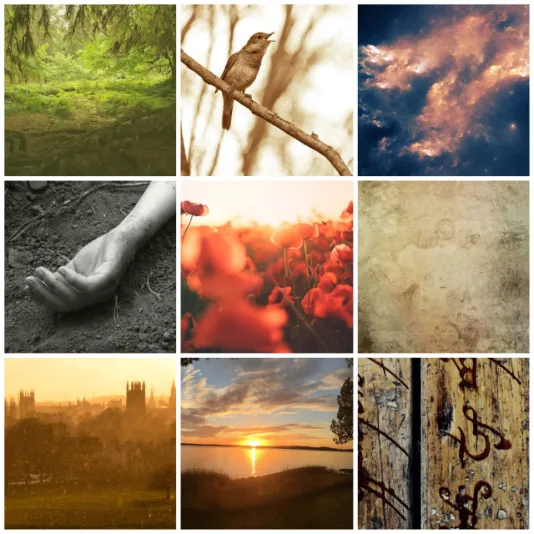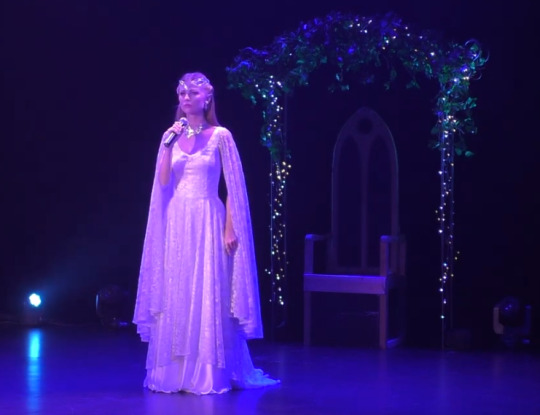SummaryThe Legend of Sigurd and Gudrún is a set of two narrative poems by Tolkien based on stories from Norse mythology: Völsungakviða en nýja (The New Lay of the Völsungs) and Guðrúnarkviða en nýja (The New Lay of Gudrún). Despite their Norse titles, these poems are in English, composed in alliterative verse.
Like The
Silmarillion, "The New Lay of the Völsungs" begins with the creation of the world. It then follows the descent of the legendary Völsung family, ending with Sigurd the Dragonslayer. The poem recounts Sigurd's heroic deeds and the complicated entanglements of oaths, love, and betrayal that develop between Sigurd, the former Valkyrie Brynhild, the warrior lord Gunnar, and Gunnar's sister Gudrún.
"The New Lay of Gudrún" continues the story of Gudrún after Sigurd's murder: her grief for Sigurd, her second marriage to Atli (a mythologized version of Attila the Hun), the trap Atli lays for Gudrún's brothers, and the terrible fate of Atli and Gudrún's children.
Why Should I Check Out This Canon?It's a dramatic story of heroism, torn loyalties, fate, love, and hatred! If you enjoy those themes in Tolkien's other works, you'll find them here too.
If you've enjoyed Norse myths or other versions of the Sigurd story, you might also like this one.
If you liked Tolkien's poetry in
The Lord of the Rings or the
Lays of Beleriand, here's another hoard of it. He makes writing alliterative verse look easy.
You also get a look at some of the sources for Tolkien's Middle-earth works. I don't mean only the plot elements that have been noted by many literary critics, such as the similarities of Túrin's dragon-slaying adventure to Sigurd's. Having these legends in Tolkien's own words can help show the connections he made in his own mind between Norse legend and his Legendarium. Taking just one stanza as an example:
The Gods gathered
on golden thrones,
of doom and death
deeply pondered,
how fate should be fended,
their foes vanquished,
their labour healed,
light rekindled.
That sounds a lot like the Valar in the
Silmarillion, doesn't it? And there are plenty more resemblances to find.
Where Can I Get This?Your local bookstore or library, or
the Internet Archive.
What Fanworks Already Exist?There is one work in Russian on AO3, a fic cross-tagged with the Silmarillion; I don't know Russian, but it seems to be a darker take on the Beren and Lúthien story. (The AO3 tag is
here.)
One work from
![[community profile]](https://www.dreamwidth.org/img/silk/identity/community.png) b2mem here
b2mem here, a recording of four stanzas from "The New Lay of the Völsungs" set to music and sung.
Full Disclosure: This one is by me.In other words, if you want to create fanworks for this, the field is wide open!










